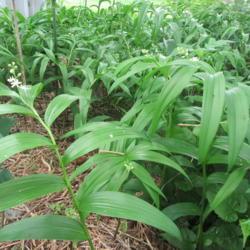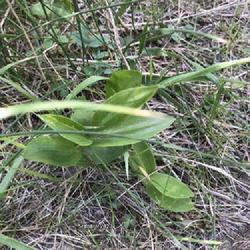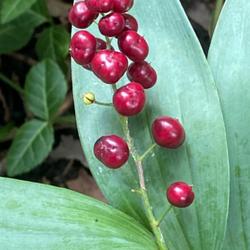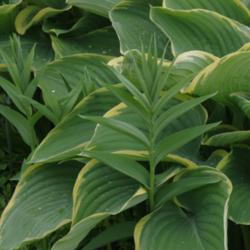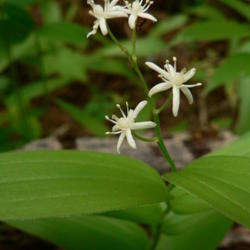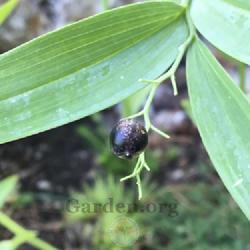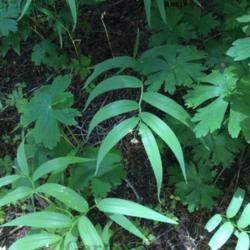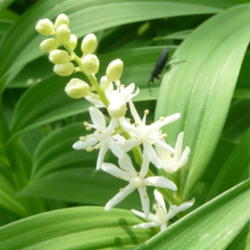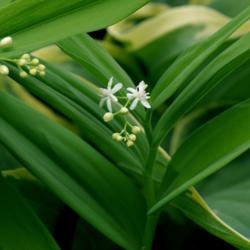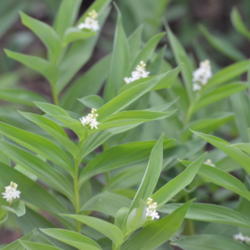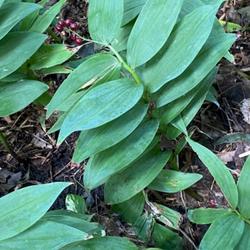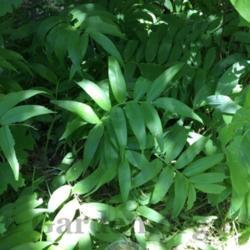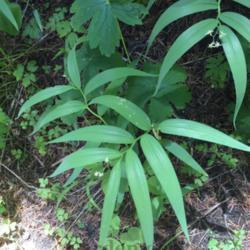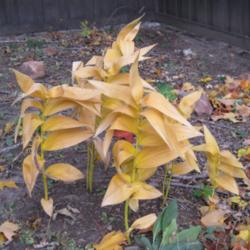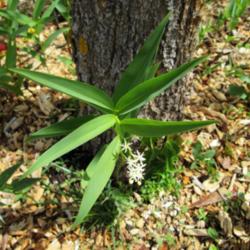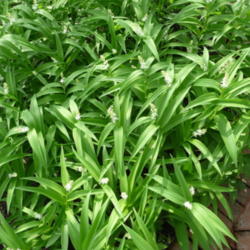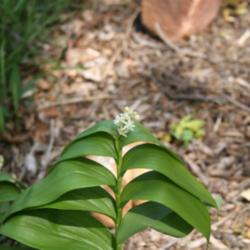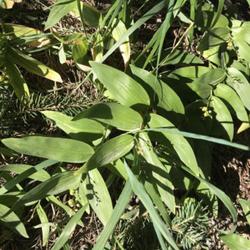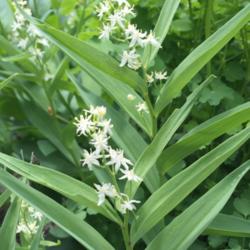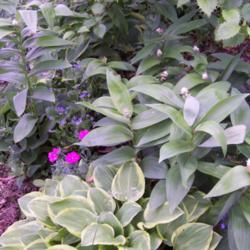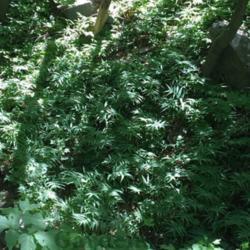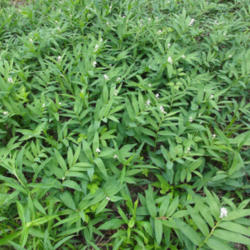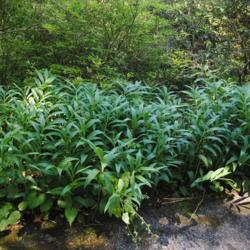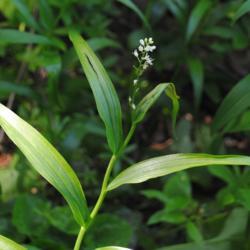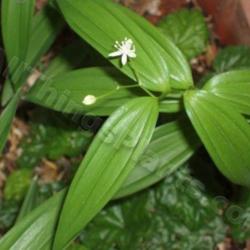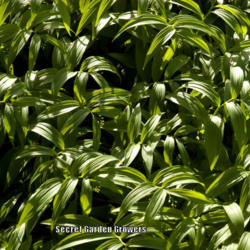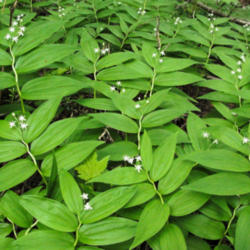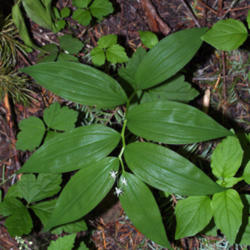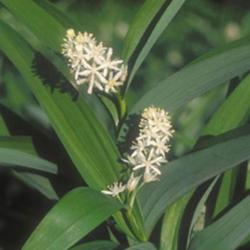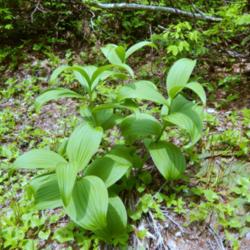General Plant Information (Edit)
| Plant Habit: |
Herb/Forb
|
| Life cycle: |
Perennial
|
| Sun Requirements: |
Full Sun to Partial Shade
Partial or Dappled Shade
Partial Shade to Full Shade
|
| Minimum cold hardiness: |
Zone 3 -40 °C (-40 °F) to -37.2 °C (-35)
|
| Maximum recommended zone: |
Zone 8b
|
| Plant Height: |
12 - 36 inches |
| Plant Spread: |
6 - 12 inches |
| Leaves: |
Good fall color
Unusual foliage color
|
| Fruit: |
Showy
Edible to birds
|
| Flowers: |
Showy
|
| Flower Color: |
White
|
| Bloom Size: |
Under 1"
|
| Flower Time: |
Spring
|
| Underground structures: |
Rhizome
|
| Uses: |
Groundcover
Will Naturalize
|
| Wildlife Attractant: |
Bees
Butterflies
|
| Propagation: Seeds: |
Stratify seeds: Seeds need alternating periods of warm and cold stratification to germinate
Other info: Seeds have chemical inhibitors that prevent germination if they are not removed
|
| Propagation: Other methods: |
Division
|
- Starry False Solomon's Seal
- Star Solomon's seal
- Few-flowered False Solomon Seal
- Starry Solomon's Plume
- Starry Smilac
- Spikenard
- Starry False Lily of the Valley
- Wild Lily-of-the-Valley
- Star Solomon's Plume
- Accepted: Maianthemum stellatum
- Synonym: Smilacina stellata
Posted by
ILPARW (southeast Pennsylvania - Zone 6b) on May 29, 2020 8:23 AM concerning plant:
Nice spreading perennial of open woodlands and even dunes from Newfoundland to Brish Colombia to California & Arizona, then Kansas through Missouri & Illinois & Ohio to Virginia and New Jersey, and down the Appalachians to northern Georgia. It has unbranched, arching stems with alternate narrow-elliptic leaves about 5 to 6 inches long. In May-June it bears 2 to 3 inch long white, terminal, raceme clusters of star-like flowers. Its berries begin as green and mature to green with blue-black stripes or blackish-red or just black. The fruit is bitter, but edible for humans besides songbirds and small mammals. The young shoots can be eaten like asparagus. It is sold by some native plant nurseries, and I think it makes a nice shady garden perennial that does slowly creep by underground stems called rhizomes to eventually form a colony, though not really aggressive.
Posted by
sherrilosee (Bloomington, IN - Zone 6a) on Aug 20, 2012 7:42 PM concerning plant:
Spreads politely!
« Add a new plant to the database
» Search the Maianthemums Database: by characteristics or by cultivar name
« See the general plant entry for Maianthemums (Maianthemum)
« The Maianthemums Database Front Page
« The Plants Database Front Page
